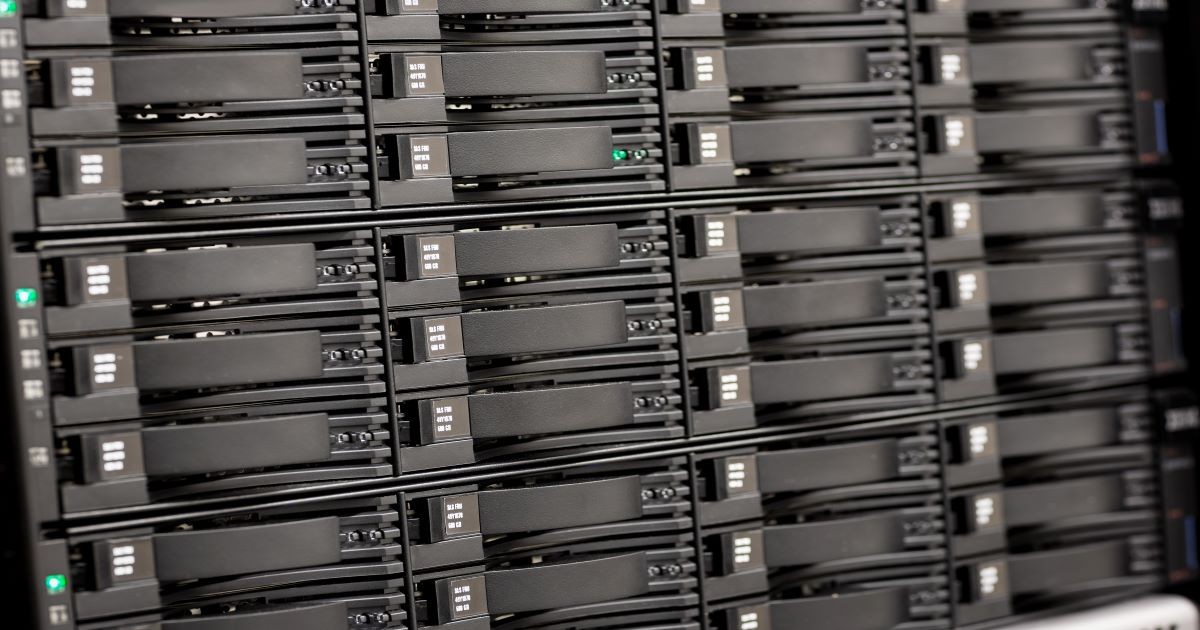
2020 has been a year full of surprises and as the flight to work from home started so did the network security threats. Currently, a cyberattack affects a major organization every 44 seconds, and the average cost of a data breach is $3.62 million dollars. The worst part is that a cybersecurity breach is an unforeseeable threat and could happen to literally anyone, so what can you do about it? The most effective way to combat cybersecurity threats is by knowing the various threat proof techniques that fit your business the best. Cybersecurity is a forever changing subject and business owners must be proactive in implementing cybersecurity practices for them to be effective.
1. Educate All Employees
Educating employees on security awareness practices and having a certified team of cybersecurity professionals will ensure your staff is prepared for whatever attacks may come your way. This ensures all employees are up to date with the newest technologies and many organizations already do this for every new hire or employee they have. The security awareness training should be exciting and focus on various types of network security attacks, how to identify threats, and how to react to network threats with whom to contact in the organization. A good training program is constant and continually reinforces relevant information while updating employees on the latest security threats.
2. Use Appropriate Cybersecurity Measures
Before an attacker can even get to an end-user or try to pull off a social engineering attack, they will be stopped by the organization's first line of defense. A firewall is a software or hardware that is used to prevent unauthorized access to a computer network. They are used by individuals and large businesses to filter the information going in and out of a user’s computer via the internet. The key is that a firewall filter can catch suspicious threats before a network defender can even see them and immediately deny it access to company information. Firewalls in a nutshell are vital for stopping dangerous or fraudulent traffic from accessing your network. Other methods of network protection include using IDS/IPS to help track potential packet floods, use network segmentation, and of course always use a VPN (Virtual Private Network).
3. Monitor Security Access Control and Passwords
A data breach can occur when an unauthorized person gains access to a company’s passwords, and then they use those passwords to steal corporate information and data. Creating unique passwords for each system, and using a combination of lowercase, uppercase, numbers, and special characters can greatly prevent the chances of passwords being compromised. Making sure passwords are changed is also a key part of security to ensure they stay away from unauthorized eyes. Of course, the passwords should never be shared with anyone, and using two-factor authentication or biometric security just builds even more network security.
4. Physical Security Threats are Network Security Threats
Physical security is just as important as network security especially if you install network servers onsite at a corporate facility. In the modern-day data is extremely valuable and insider threats could potentially pose a problem. Hiring security guards to monitor the site and installing a digital lock that is strong enough to scare off intruders will greatly boost physical security. All organizations should have a strong emphasis on pointing out suspicious characters as well because an employee could lose or forget their badge and a threat could pose as them to steal information.
5. Install Network Monitoring Software
Network monitoring software can pick up a threat or vulnerability before anyone is even aware. It keeps track of the entire IT infrastructure and contacts all devices to ensure all proper security measures are in place. It can regularly scan system firewalls and ensure operational reliability, and it can measure bandwidth bottlenecks within the network. Attackers can use malware to slow down system response time to allow for sensitive data to be stolen but the network monitoring software is there to stop them. Finally, network monitoring software can do a lot of the heavy lifting; however, having a proper incident response team and cybersecurity defenders is essential to reduce the probability of a cyberattack.
Want to learn more about defending networks and become certified in cybersecurity? SecureNinja is an award-winning training school that has been helping organizations train and certify their staff since 2003. We have worked with fortune 500 organizations and have helped government agencies all over the world. Call 703-535-8600 today for more information on how SecureNinja can assist your organization.